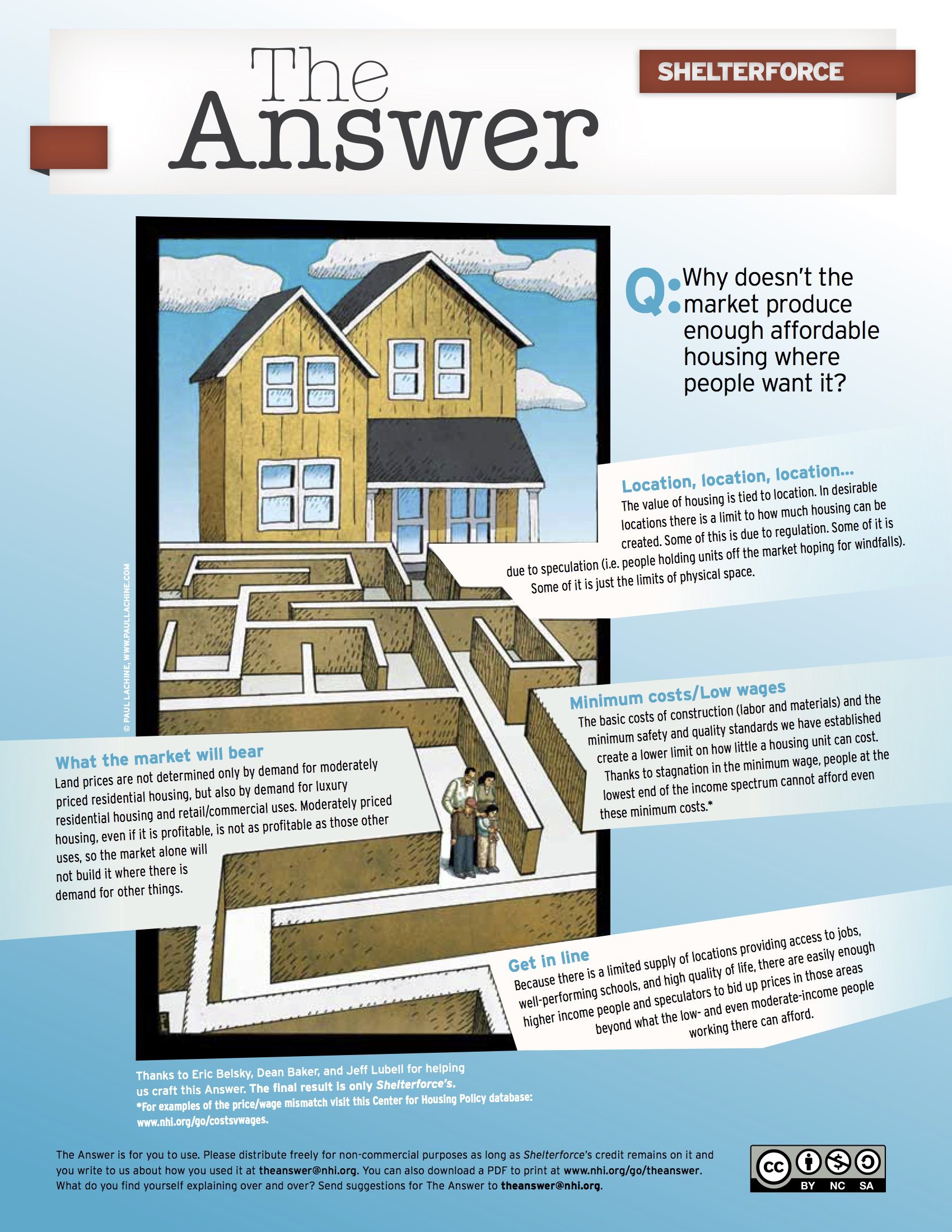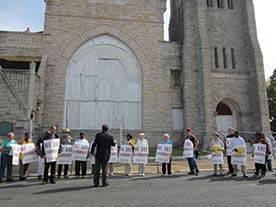PICO National Network, a network of faith-based community organizations, is using a grassroots strategy to build support for its new national campaign calling for full citizenship rights for immigrants who live, work, raise families, and pay taxes in the Unites States.
Eleven million immigrants are in legal limbo in this country, as immigration reform is mired it partisan wrangling in the halls of Congress.
PICO has worked on immigration issues for the past decade, but this new strategy calls on its community-organizing network in 19 states for prayer vigils, phone banks, actions, and social media work as well as contacts with lawmakers to create change. This way, hundreds of people in local communities nationwide will add their voice in support of giving immigrants a pathway to citizenship.
“That’s always been the basis for our work — effective and engaged democracy,” says Rev. Michael-Ray Mathews, director of clergy organizing for PICO.
Organizations like PICO “are increasingly serious about winning on big issues,” says Kathy Partridge, executive director of Interfaith Funders, a network of faith-based and secular groups that works on social change. Those “big issues” include health care, education, immigration, racism, voter registration, criminal justice, poverty, unemployment, and wages, as well as housing and foreclosures, with a focus on reducing poverty and economic inequality.
In a new national study, Interfaith Funders highlights the evolution of these “institution-based” community organizing (IBCO) groups over the past decade in helping improve the quality of life for people who live in poor, working-class, and middle-income neighborhoods.
The new report, Building Bridges, Building Power: Developments in Institution-Based Community Organizing, documents many of the important gains made by IBCOs since Interfaith Funders conducted its first state of the field report in 1999. They extending their reach across geographic areas, becoming more sophisticated in innovative and strategic capacity-building, and expanding their range from working strictly on the local level to higher-level organizing in the state and national arenas.
By the Numbers
Of the 189 IBCOs nationwide identified for the study’s survey, conducted in 2011, 178 responded. They have 4,100 member institutions, 2,900 board members, and 600 paid staff. Together, these member institutions represent more than 5 million people.
There has been dramatic growth in the field since 1999, with an overall net gain of 56 new IBCOs. Today, IBCOs are active in 40 states, up from 33 states in 1999.
While most IBCOs continue to work mostly in core urban areas and in well-populated states, increasingly they are spreading out into metro, suburban, and rural areas.
Community organizers and leaders in the field are also becoming more likely to be women, younger, and people of color. In 1999, 57 percent of organizers were men; by 2011, only 45 percent were. Among directors, only 28 percent were women in 1999; in 2011, 47 percent were.
“I think that this trend of younger, more diverse staff and leadership is going to continue and that in 10 years we’ll see organizations that look quite different than they are now,” Partridge says.
IBCOs also reported an increase in substantive efforts to address racial and ethnic differences. Although they “are not easy conversations at all,” Wood says efforts to allow people to say what they think and to talk about racial and ethnic divides leads to trust. But talk alone doesn’t always build trust.
“I think the trust is built through shared action much more fully than built through shared talk,” he said. “It may be meeting with your mayor. It may be doing a big public action. It may be doing a street demonstration.”
The study shows that religious congregations still represent the vast majority of member institutions — more than three out of four in 2011 — but the number of secular member institutions is growing. Each IBCO has an average 24 member institutions, which include churches, schools, labor unions, neighborhood associations and civic organizations.
Expanding Reach
Partridge attributes the growing interest from the secular sector, especially philanthropic foundations, to the “proven track record” of many IBCOs that work in the field.
“The secular foundation world has discovered this work and is prioritizing any kind of groups that really effectively mobilize working-class and middle-class Americans,” said Richard Wood, the study’s research director and an associate professor of sociology at the University of New Mexico.
The study details a long list of issues that the IBCOs address and the gains made and problems averts. For example:
- In housing, foreclosures, and banking reform: influenced the creation of local and state housing trust funds, influence shape of HAMP, and supported $4 billion for public housing nationally and $1 billion for unemployed homeowners facing foreclosures.
- In health care: successfully encouraged congress to amend the federal Affordable Care Act to provide better access to low-income families, new money for health clinics in poor neighborhoods, and new money for HIV and diabetes care for uninsured patients.
- In poverty, employment, and wages: successfully worked on campaigns for living wage measures and increased minimum wage, money for long-term job training, partial restoration of the Earned Income Tax Credit, and restoring federal and state budget cuts in housing, education and health care.
- In immigration: eliminated barriers to immigrant access to health care; stopped local police enforcement of anti-immigrant legislation in communities; and helped get DREAM ACTS enacted in California and Illinois.
- In education: saved funding for preschool and afterschool programs as well as restored state funding to education and prevented deeper cuts.
Over the past decade, many IBCOs realized that to make a greater impact on many of the larger issues that matter to local communities, they would have to widen the scope of their work.
“A lot of the decisions that affect quality of life in your neighborhood are made in your city, they’re made in your state capital, they’re made in Washington, D.C.,” Wood said. “So careful thinkers began to realize that if they really want to make a difference, they’ve got to have some kind of voice at those higher levels.”
Partridge describes the evolution of IBCOs from doing mostly local work to building relationships and collaborating at the state and national levels as “a trend that went from almost zero to 60 miles [per] hour” over the last several years.
As the groups took those steps toward the statehouses and Washington, D.C., she says they were careful to consider the possible effects on their local work and local leadership as well as their capacity. It becomes something of a balancing act.
“These groups face the challenge of trying to address issues at the state and national level, while continuing to remain locally rooted,” says Brad Fulton, the study’s lead researcher and a doctoral candidate in sociology at Duke University. “A tension exists as they attempt to pursue both of these priorities.” At the same time, Fulton said, the groups realized that local public funding is limited and if they wanted to make “a significant impact,” they need to tap into state and federal resources.
Today, two-thirds of all IBCOs now collaborate in some way with partners at the regional, state and national levels, according to the study.
“All that state and national work has to be built on strong local work,” says Wood, adding that that is where strong local leaders will be groomed for higher-level work, which is “where the magic is going to be in the years ahead.”
Over the past decade, it is clear that IBCOs have learned to use a complementary mix of “hard power” and “soft power” to great effect.
These groups will continue to rely on the hard power of demonstrations and big public assemblies that can draw hundreds, even thousands, of people. But, increasingly, they are more fully employing soft power: building relationships with key players, grassroots lobbying, calling congressional offices, utilizing social media and collaborating with new partners and networks.
The real strength of IBCOs may be in their ability to address the problems, whether it’s a lack of affordable health care or failing schools, that people are experiencing in their daily lives, even as they help organize communities to bridge the divides in American society: race, class and religion.
“Civic life is a drive,” Partridge said. “We’re driven to be communal entities. In the study, we call it democratic zeal and it’s a really important outcome of this work.”





Comments